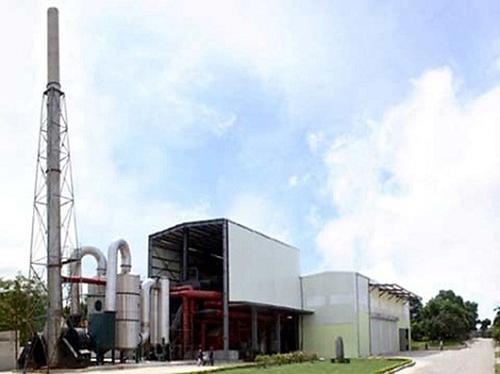Dong Minh Toan, Chairman and CEO of Binh Phuoc Import Export Company, which operates a waste-to-energy plant, said, “With the high electricity price, along with the fee for waste treatment, a waste-to-energy project only needs around five years to break even whereas it takes 10 years for solar and wind power plants.”
    |
 |
|
Son Tay solid waste treatment plant of Thang Long Environment Services JSC. Photo: hanoimoi.com.vn |
Waste-to-energy projects are an excellent investment in places where at least 500 tons of waste is generated per day and the treatment price is over USD 21 per ton. There are five or six cities in Vietnam meeting these requirements.
Ho Chi Minh City is Vietnam’s biggest city and generates the largest volume of waste - 9,300 tons a day.
The city stipulates that waste-treatment facilities need to generate electricity from the waste besides certain other conditions and pays USD 21 per ton for treatment.
To further support this, it has fixed a rate of 10.05 cent/KWh for the electricity generated from waste, higher than for solar and wind energy.
“We are ready to buy and connect our grid to waste-to-energy projects because all these projects are located in cities and large towns, where we have already had our grid,” a spokesman for the Vietnam Electricity (EVN) Group said.
“Besides, waste-to-energy projects are reliable since they are not dependent on the weather.”
However, these projects usually involve strict technical requirements from authorities. Besides, most technologies for generating energy from waste from the US, Europe and Japan require waste classification, something that is not yet done in Vietnam.
“This means enterprises need to invest also in waste classification systems,” an investor said.
EVN said it has signed contracts to buy electricity from three waste-to-energy projects, including Go Cat, Can Tho and Nam Son – though their total capacity is only 9 MW.
Source: VNA